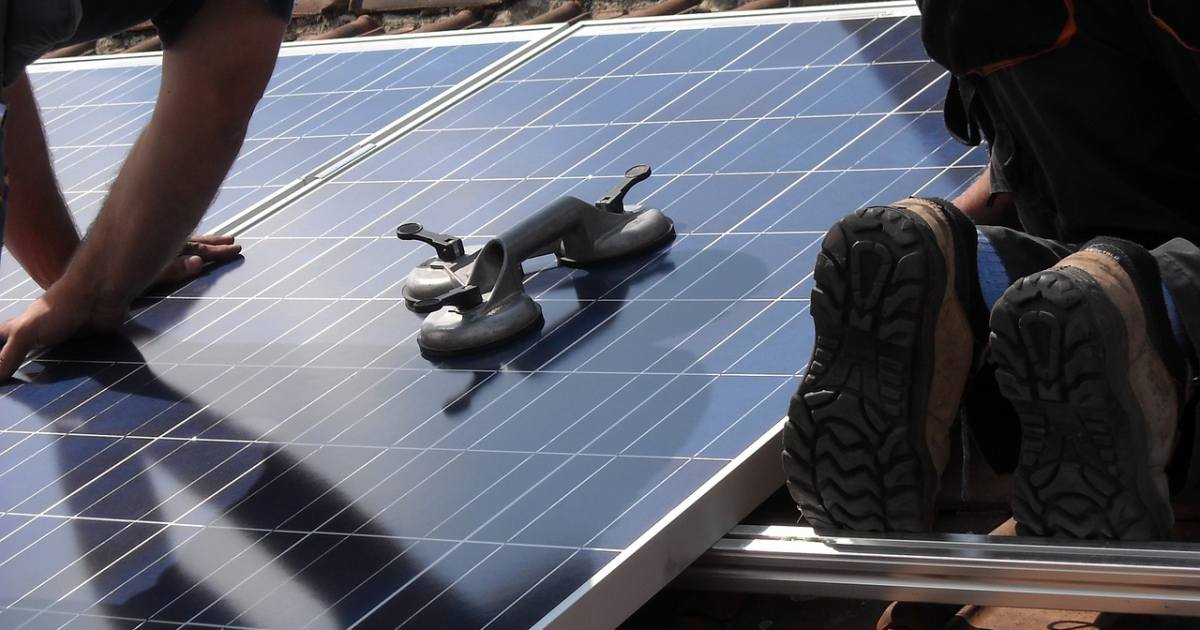
Image: MariaGodfrida
WorkSafe Victoria announced yesterday a solar business in the state has been charged over the death of an employee in 2018.
The charges relate to an incident in late November that year when a 21-year-old employee died after falling from a ladder while installing solar panels on a single-story residence in the Bendigo suburb of Kennington.
“Solar 2.0 Pty Ltd has been charged with two breaches of section 21(1) of the Occupational Health and Safety Act for failing to maintain a working environment that was safe and without risks to health,” states the agency.
WorkSafe says it will also allege the company failed to implement a Safe Work Method Statement for the “high risk construction work”. The matter is listed for a filing hearing at the Bendigo Magistrates’ Court on April 15.
What Is A Safe Work Method Statement (SWMS)?
According to Safe Work Australia, a SWMS document outlines “the high risk construction work activities to be carried out at a workplace, the hazards arising from these activities and the measures to be put in place to control the risks.” Safe Work Australia provides further details and a template in this document.
Victorian Occupational Health and Safety Regulations 2017 state where a worker has a risk of falling more than 2 metres or is on or near energised electrical installations or services, these are among a number of scenarios considered high risk construction work. In other words, all rooftop solar installations.
Shortly after the incident in 2018, WorkSafe published a related guideline – “Working safely when installing photovoltaic (PV) systems”.
WorkSafe And Victoria’s Solar Homes Program
Victoria saw a surge in PV installations when the Solar Homes rebate kicked off in 2018. In July 2019, Solar Victoria noted an unannounced inspection program during installation of Solar Homes supported systems was being implemented; delivered by WorkSafe and Energy Safe Victoria.
Working at height, fall protection, manual handling and electrical safety are focus issues in the inspections. The information from those inspections was/is to be used to educate the industry where improvement is needed and to act as a reminder of the consequences of not following best practice, including potential disqualification from the program.
The tragedy in 2018 aside, it appears the industry has taken notice – there aren’t any other serious incidents involving injuries to solar workers since that time noted on WorkSafe Victoria’s web site that I could find.

 RSS - Posts
RSS - Posts



Oh no, that’s terrible! We really need to implement safer ways to install solar. I’m sure after this, safety regulations will be implemented more rigorously. So sad!